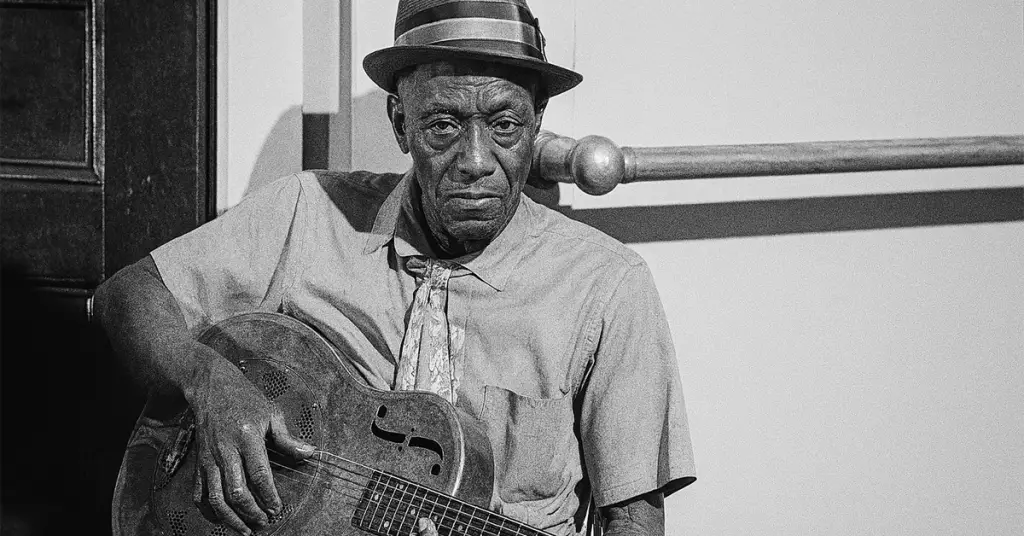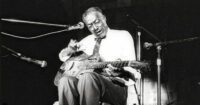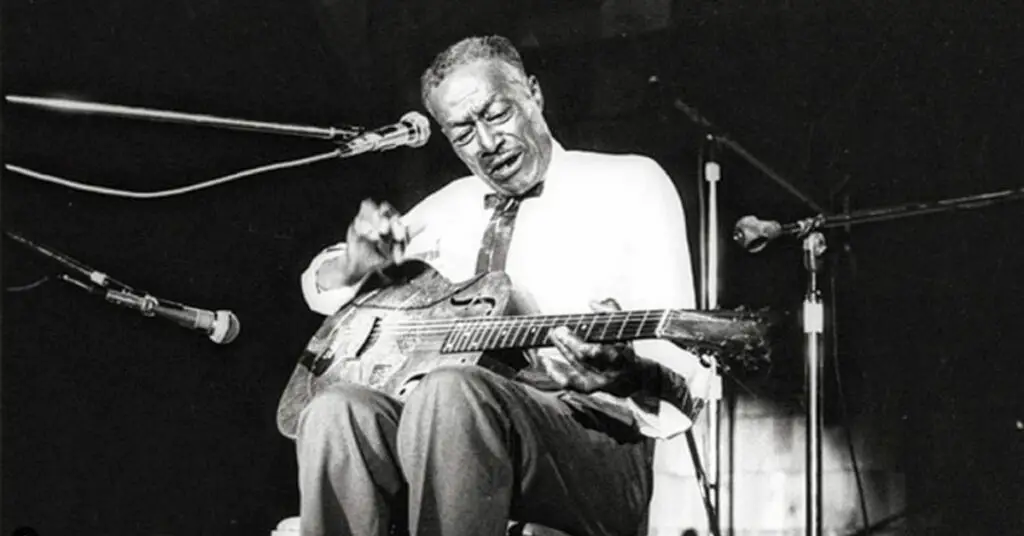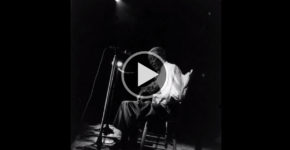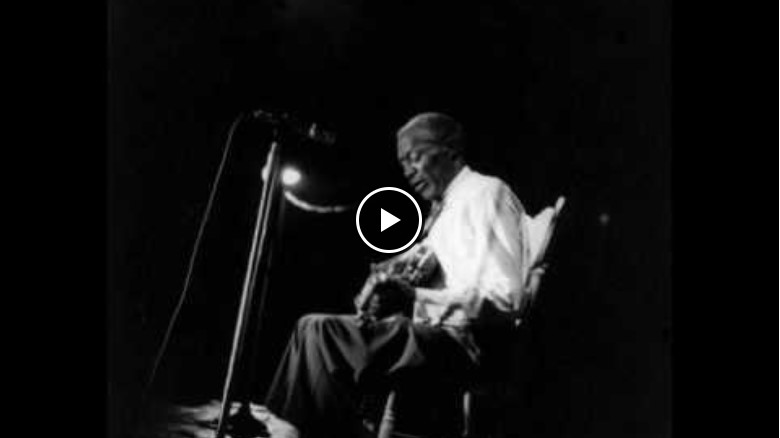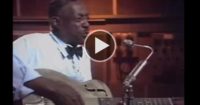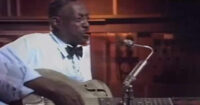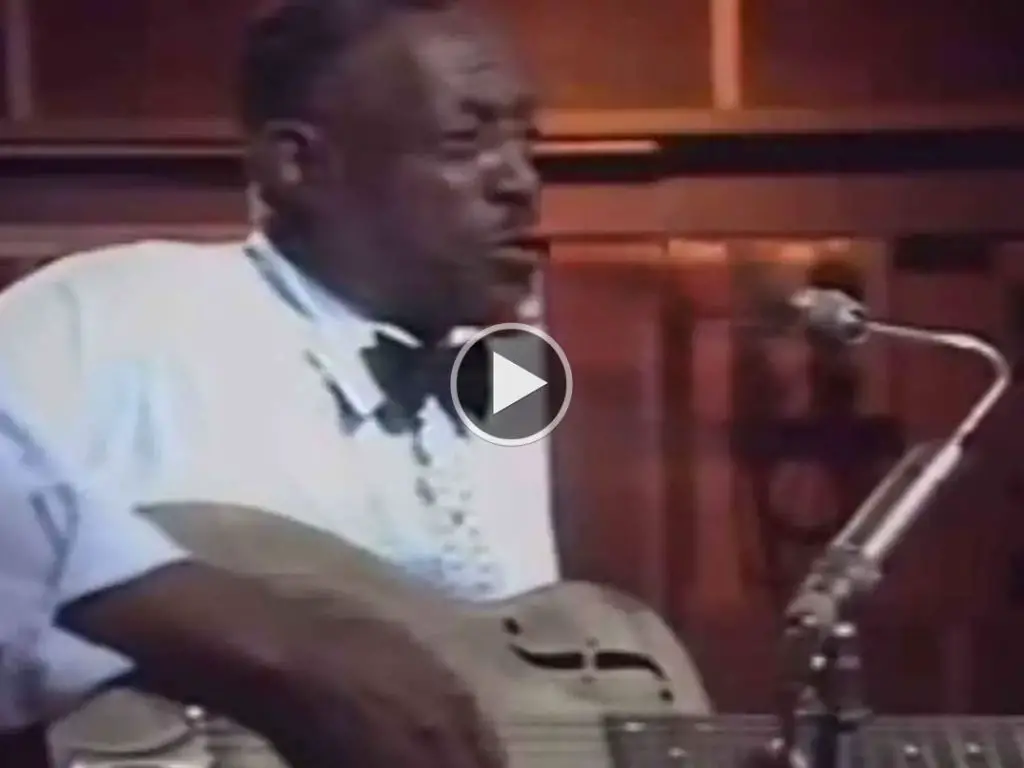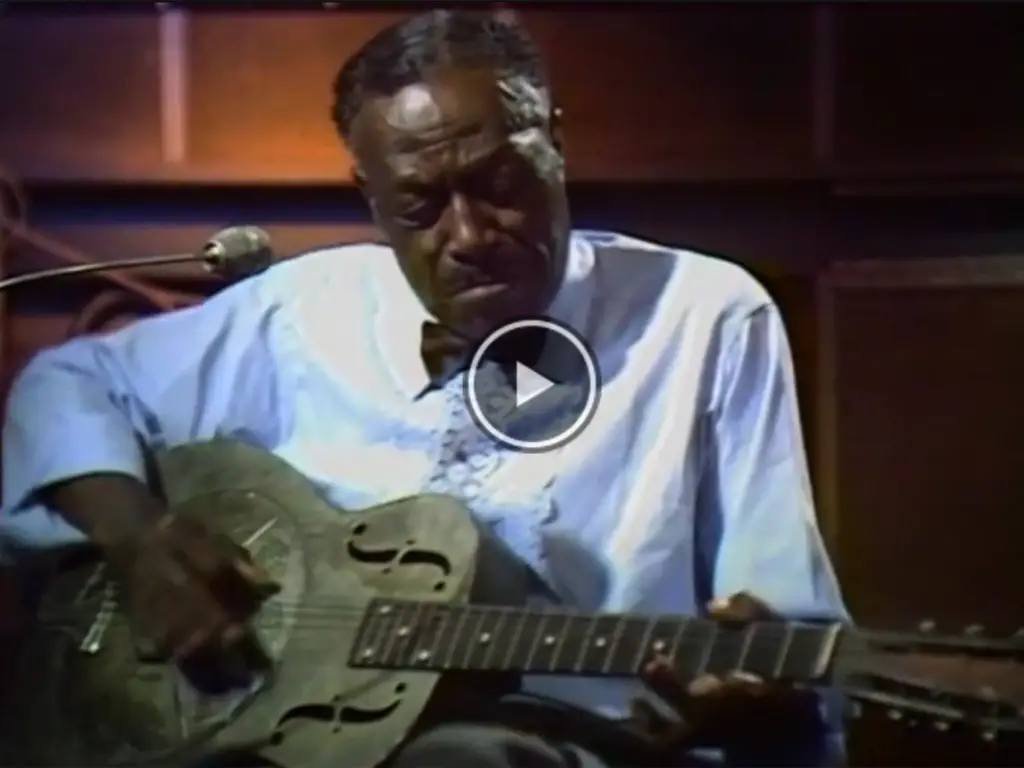
The Preacher of the Blues – How Son House Shook My Soul With Nothing But a Voice and a Slide
There are great bluesmen.
And then there’s Son House.
The first time I heard him, I wasn’t prepared. I thought I was putting on some dusty old folk-blues track.
But what came through those speakers hit like a sermon and a storm rolled into one.
It was just a voice, a slide guitar, and something ancient and holy.
And it felt like he wasn’t singing at me. He was singing for me. To me. Through me.
That’s when I understood: Son House didn’t just play the blues—he was the blues.
Who Was Son House?
Born Eddie James House Jr. in 1902 in Riverton, Mississippi, Son House was a preacher before he was a bluesman—and that tension never left his music.
He came up in the Mississippi Delta in the 1920s and ’30s, surrounded by the legends: Charlie Patton, Willie Brown, and later, Robert Johnson—who he famously mentored (and possibly outplayed).
But House was different.
He wasn’t polished.
He wasn’t predictable.
He was raw, fierce, and full of contradictions—gospel one moment, gutbucket blues the next.
And when he sang, it felt like the world stopped.
The Sound: Slide Guitar and Spirit-Wrung Vocals
Nobody—and I mean nobody—sounds like Son House.
- 🎙️ His voice? Raspy, thunderous, desperate, holy.
- 🎸 His slide playing? Percussive, hypnotic, full of steel and soul.
- 🥁 His rhythm? Often just his foot pounding on the floor like a drum.
He didn’t need a band. He was the band.
What’s wild is how intense his music still feels today.
A hundred years later, and you can still feel the sweat, the sorrow, and the spiritual war raging inside him.
The Recordings That Gave Me Chills
Son House’s recording career came in two waves: a short burst in the 1930s, and then a miraculous rediscovery in the 1960s folk-blues revival. Both eras are powerful, but the later stuff? That’s where I fell in.
Here’s what I’d recommend:
- 🎧 The Complete Library of Congress Sessions (1941–42) – The earliest field recordings. Stark, stunning, and historic.
- 💿 Father of Folk Blues (1965) – His comeback album. Includes the definitive versions of “Death Letter,” “Grinnin’ in Your Face,” and “John the Revelator.”
- 🔥 Delta Blues and Spirituals (1970) – Later recordings from his final run. Intimate, haunting, and full of wisdom.
- 🎙️ Live at the Gaslight Cafe – If you want to feel what it was like to hear Son House in a small room.
“Death Letter” – The Ultimate Blues Testimony
If you only ever hear one Son House song—make it “Death Letter.”
I can’t even count how many times I’ve heard it, and it still gives me chills.
The guitar bangs and rattles. His voice howls like judgment day.
And that line—”I got a letter this morning, how do you reckon it read?”—it’ll stop you cold.
It’s not a song. It’s a blues exorcism.
Why Son House Still Matters
In an era of endless playlists, overproduced records, and throwback trends, Son House feels more alive than ever.
He reminds us that the blues isn’t about scales or licks or gear.
It’s about truth.
It’s about pain, redemption, conflict, and release.

When Son House plays, he takes you somewhere deeper—whether you’re ready or not.
He didn’t chase fame. He wasn’t trying to be anyone’s hero.
He just picked up his guitar and told the truth the only way he knew how—loud, broken, beautiful.
Where to Start If You’re New
Here’s your Son House starter pack:
- 🎙️ Father of Folk Blues (1965) – Start here. It’s essential.
- 🔥 “Death Letter” – One of the greatest blues songs of all time.
- 🎧 Delta Blues and Spirituals – For his late-career wisdom.
- 📺 YouTube: Search “Son House live,” “Death Letter Blues,” or “Grinnin’ in Your Face” for spine-tingling performances.
More info: Wikipedia – Son House
Son House didn’t sing the blues—he survived them.
And when you hear that voice, that slide, that stomp—you’ll know exactly what I mean.
🎸💙✝️
Video
Thank You
We appreciate your time and dedication to reading our article. For more of the finest blues guitar music, make sure to follow our Facebook page, “I Love Blues Guitar”. We share exceptional selections every day. Thank you once again for your continued support and readership.




